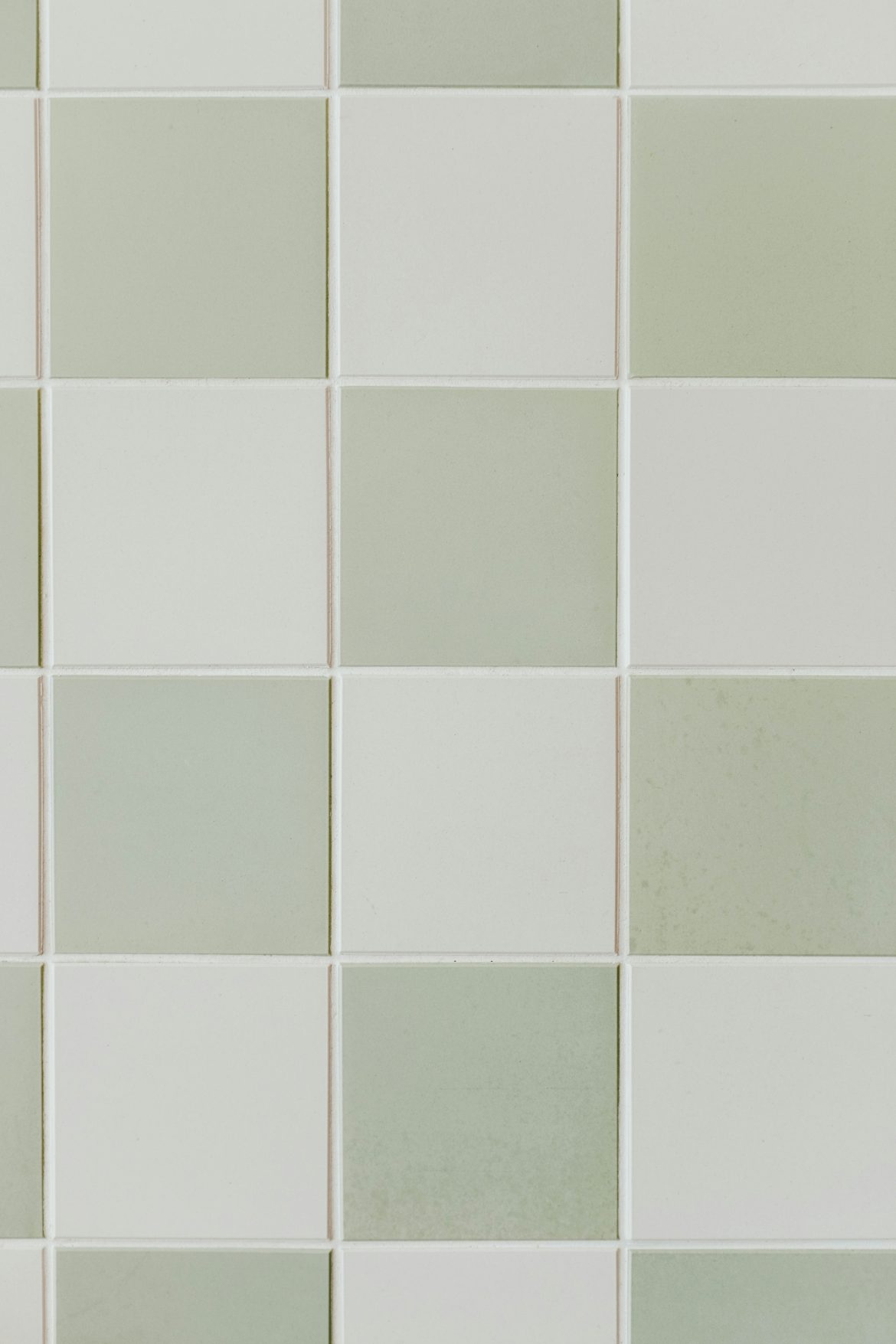The appearance and cleanliness of grouting can make all the difference when it comes to an appealing, clean, hygienic space. Mopping up tiles is straightforward, but grout can be trickier to maintain.
Grout’s porous nature means it absorbs every speck of grease, grime, or spill it meets. When you’re wielding a steam mop with grout-cleaning attachment, tackling this becomes a breeze. When you’re working with the basics, though, there are a few useful tips you should know before whipping out the cleaning gloves.
You’ll find grout-cleaning products at most hardware stores, but if you’re working on a budget, there’s a DIY for it – and you probably have most of the ingredients for it at home already.
Before we share our DIY grout cleaner recipe, let’s explore how often you should be cleaning grout in your home. We’ll also answer a few of the most frequently asked questions when it comes to maintaining grout, in general:

How often should you clean shower grout?
Shower grout requires frequent attention due to constant moisture, which can lead to mildew and water damage. You don’t want these in the same space that you’re meant to clean yourself in.
Your first order of business would be to use a squeegee to clear water off the tiles after each shower, which helps prevent mold and soap scum over time, and makes your job easier in the end. Additionally, spray your shower tiles daily with a shower cleaner, or create your own by mixing 1/4 cup of baking soda with 1 cup of water in a spray bottle.
For deeper cleaning, treat your shower with the grout-cleaning recipe below, every one to two weeks.
How often often should you clean floor grout?
Areas less exposed to daily moisture, like a kitchen backsplash or a tile floor, should be cleaned weekly or biweekly. Use the treatment below to clean the grouting:
DIY grout cleaner
What you need:
- Stiff bristle brush
- Baking soda
- Hydrogen peroxide
- Dish soap
Method:
Prep the area: Begin by spraying the grout with hot water and scrubbing with a stiff bristle brush (an old toothbrush works well) in a circular motion to remove surface dirt. A steam cleaner is also great if available.
Make the solution: Create a paste using two parts baking soda to one part hydrogen peroxide. Add a few drops of dish soap if cleaning kitchen grout prone to grease.
Apply to grout: Spread the paste over the grout lines and let it sit for 10-15 minutes to penetrate the pores.
Scrub, scrub scrub: Scrub the grout lines with your brush, until they are restored to their original colour.
Rinse: Mix dish soap with hot water and rinse the area with a sponge or cloth, removing any remaining cleaner.

How often should you reseal grout?
Grout resealing involves applying a sealer over grout lines to protect them from moisture and dirt. How often you do so depends on the traffic the area receives, and the strength of the grout. If grout lines are clean but stained, you might consider using a grout pen.
How often should you replace grout?
If the grout starts to flake or break apart, it’s time to replace it to avoid potential water damage. This can be a DIY project with the right tools, like a grout saw, and following proper installation instructions.
How do you remove hard water stains from grout?
Hard water leaves mineral deposits on grout, which can cause stubborn discolouration that’s slightly tougher to clean. Combine 2 parts baking soda to 1 part vinegar into a paste for treating hard water stains in bathrooms, but limit vinegar use to avoid damaging grout and tiles.
Can bleach whiten grout?
While bleach can whiten grout, use it cautiously and sparingly to avoid damage. A gentler, natural alternative is mixing cream of tartar with lemon juice – it’s better to steer clear of bleach and ammonia, which can degrade grout over time and leave residues.
ALSO SEE:
How to clean the filter of your front loader washing machine
Feature Image: Unsplash

